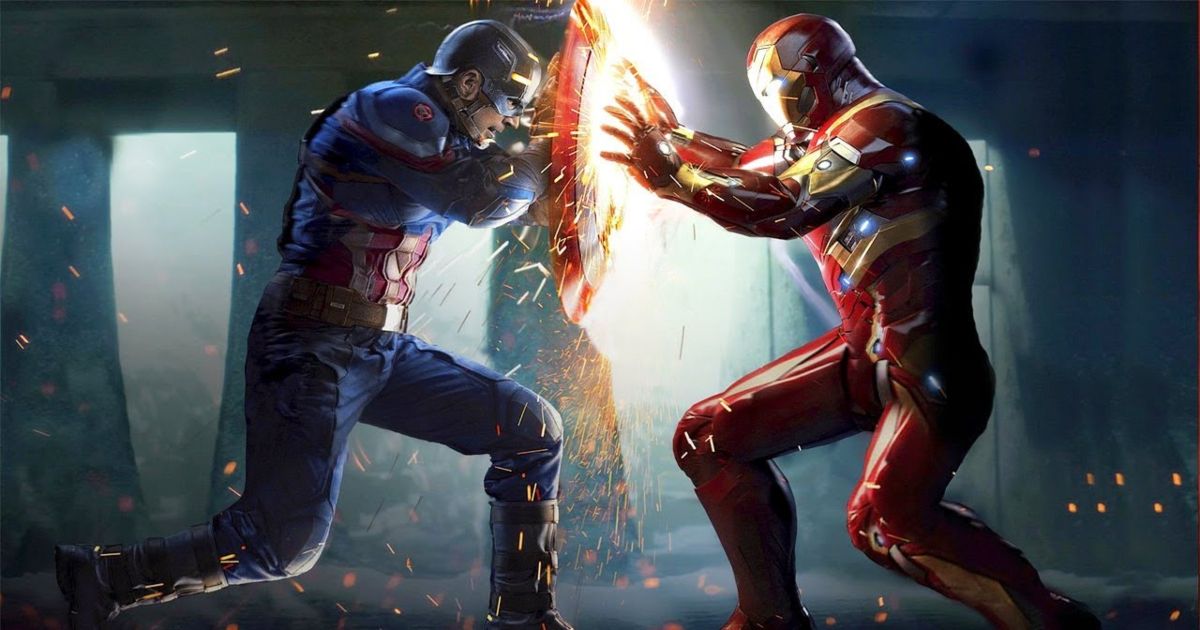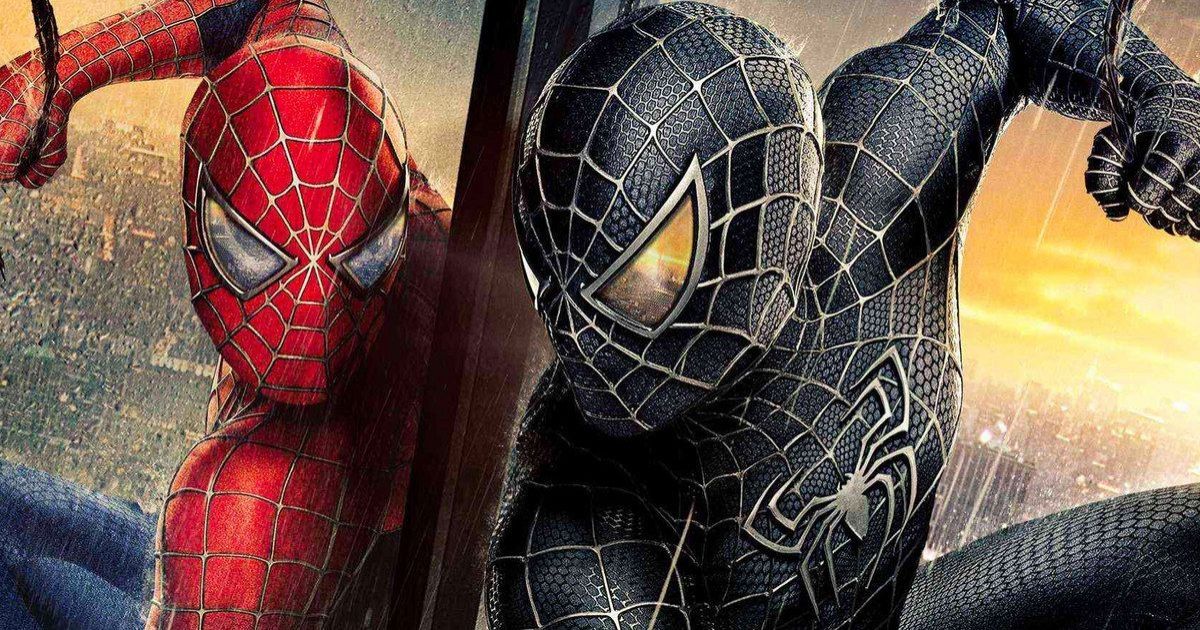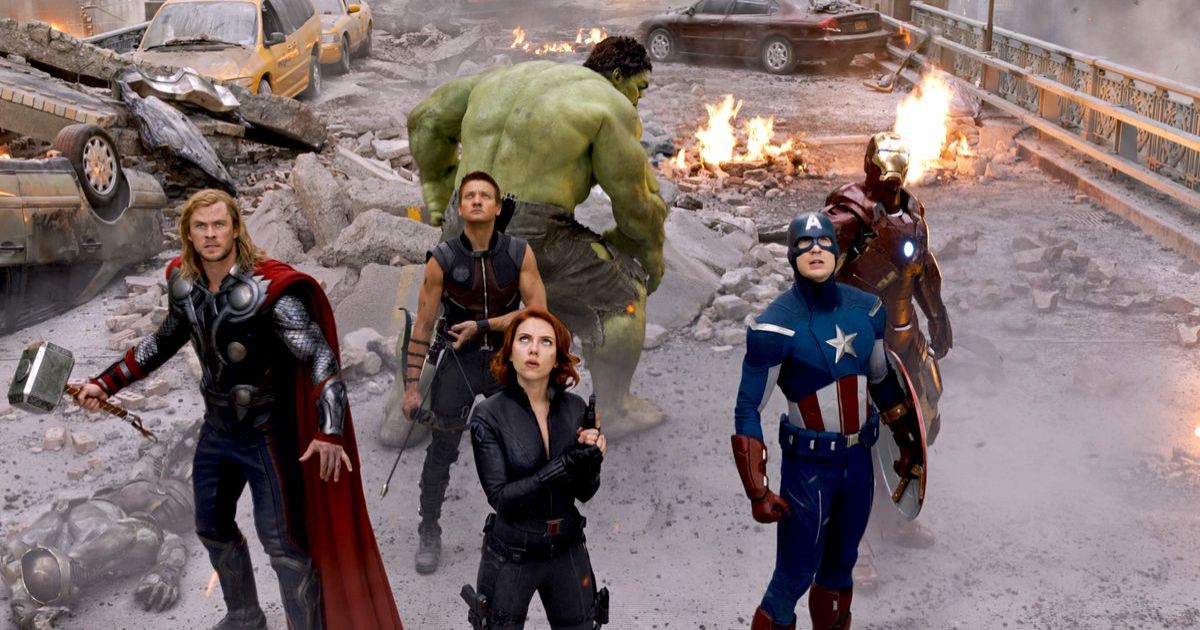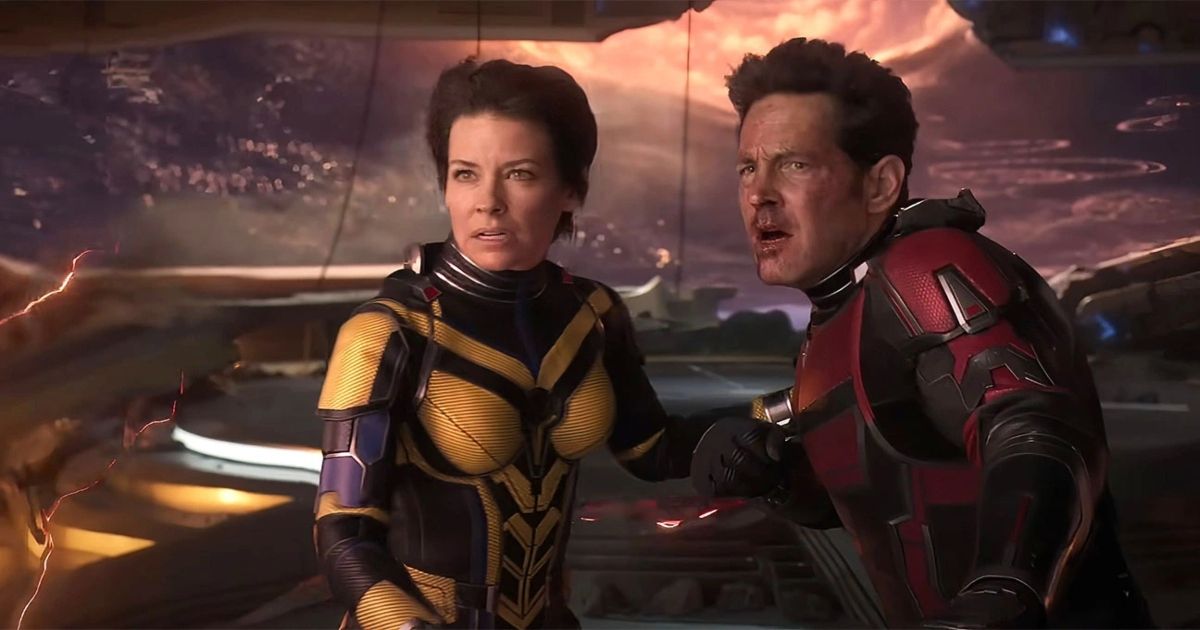It is easy to see that blockbuster movies based on superhero comic books have been the dominating force in Hollywood for a while now. For over a decade, many of the highest-grossing movies that have been released every year have been these kinds of films. Whether it be the Avengers films, Spider-Man, Batman, Wonder Woman, Guardians of the Galaxy, or essentially any other Marvel or DC property, throughout the 2010s it was almost assured that any film in the genre would be a massive hit. Over the course of Phase Three of the Marvel Cinematic Universe – which spanned 11 films from 2016 to 2019, the franchise was averaging over a gross of over $1 billion at the box office with every new release.
However, nothing lasts forever. While some pessimists have been ringing the “superhero fatigue” alarm since the release of The Avengers in 2012 and continuously throughout this Golden Age of comic-book movies, it seems like something to that degree is actually beginning to set in. Marvel films are not performing nearly as well or as consistently as they used to, DC’s film output has become an utter disaster and many of the most popular films of the last couple of years exist proudly outside the comic-book movie bubble. With all this in mind, it’s growing increasingly clear that this massive superhero movie trend peaked in the 2010s and the immense fervor surrounding it is starting to dissipate.
Superhero Movies Pre-2010
While comic-book movies may have exploded in popularity in the 2010s, the genre had been a big part of the Hollywood studio release catalog for decades beforehand. While the genre itself can arguably be traced all the way back to the 1920s with films like The Mark of Zorro, the first relatively modern incarnations came in the ‘60s and ‘70s with 1966’s Batman starring Adam West and 1978’s Superman starring Christopher Reeve. This led to a more solid stream of comic-book movies throughout the ‘80s and ‘90s, with films like Tim Burton’s Batman, Wes Craven’s Swamp Thing, Alex Proyas’ The Crow, and Stephen Norrington’s Blade being a few that received the most attention.
This led to the 2000s, when superhero movies really began to take off and become a much more frequent occurrence in the yearly cinematic schedule. This was the result of successful films like 2000’s X-Men and 2002’s Spider-Man. There were a lot of great superhero films released in this time period, ranging from Pixar’s The Incredibles in 2004 to Christopher Nolan’s Batman Begins in 2005, as well as the various sequels to both X-Men and Spider-Man. However, this was also a dramatically uneven period for the genre, as there were plenty of truly terrible comic book movies to offset a lot of the goodwill generated by all the great ones. These detractors include movies like 2004’s Catwoman, 2007’s Fantastic Four: Rise of the Silver Surfer, 2005’s Elektra and 2007’s Ghost Rider.
The major turning point that put comic-book movies on the path that led to the Golden Age of the 2010s came in 2008. There were eight movies in the genre released that year, including the likes of Hellboy II, Hancock, and The Incredible Hulk, but there were two massive standouts that changed the game forever. Those movies were Jon Favreau’s Iron Man and Christopher Nolan’s The Dark Knight. Both films cemented the fact that superhero movies had the potential to be a lot more than just men in tight leather suits. These films had genuine stakes, featured complex characters, and had actual craft to their filmmaking that was rare for the genre. They changed the definition of what a superhero movie could be, and they laid the groundwork for the new wave of comic-book cinema that would follow.
The Reign of the MCU and the DCEU
Both Iron Man and The Dark Knight have had very different lasting impacts and legacies on comic-book movies. The Dark Knight went on to receive a lot of awards love and be directly responsible for the Academy increasing the number of Best Picture nominees from five to 10. It has also influenced many of the best action-drama films of the last 15 years, such as the new Mission: Impossible films, 2017’s Logan, and the new James Bond films with Daniel Craig: Skyfall, Spectre and No Time to Die. On the other hand, Iron Man was the first film in the Marvel Cinematic Universe, which went on to become the dominant franchise in Hollywood and become the highest-grossing series of all time.
The MCU’s immense success didn’t happen overnight, though. Throughout the rest of the 2000s, the series continued to lay its foundation with other films like Thor, Captain America: The First Avenger, and Iron Man 2. This all led to the release of The Avengers in 2012, which is when the franchise really took off. The crossover event brought the lead characters of all the series’ previous films together in a manner that was unprecedented in its scale. It firmly established that these movies and characters unquestionably existed within the same cinematic universe, and audiences showed up en masse to experience it.
Throughout the rest of the 2010s, the MCU continued to build with nearly 20 additional movies, culminating with the fourth Avengers movie, Avengers: Endgame, in 2019. Endgame was the finale of sorts to the first major MCU “saga,” and it built upon and even directly revisited the events of many of the franchise’s previous films. Meanwhile, DC attempted to start a cinematic universe of its own, beginning with Zack Snyder’s Man of Steel in 2013. While the DCEU never reached the same heights as its competitor, the franchise still had a number of massive hits, including 2018’s Aquaman, 2016’s Batman v. Superman: Dawn of Justice, and 2017’s Wonder Woman. DC also produced a standalone R-rated Joker film in 2019, which went on to gross over $1 billion and earn several major Oscar nominations.
Audience Tastes are Changing
As the 2020s have progressed, it has begun to become more apparent that comic-book and superhero films are not exciting audiences to the degree that they used to. While there are a few key exceptions like Spider-Man: No Way Home, Doctor Strange in the Multiverse of Madness, and Guardians of the Galaxy Vol. 3, many of the films produced by Marvel and DC have been underperforming throughout the last few years. While it’s hard to judge the box office results of 2020 and 2021 too harshly because of the COVID-19 pandemic, this problem began to take shape in 2022, as movies like Black Adam and Thor: Love and Thunder did not perform nearly to the degree that they were expected to.
That shift has become more apparent in 2023. Ant-Man and the Wasp: Quantumania, which was billed as the must-see kick-off to the MCU’s Phase Five, was the lowest-grossing of all three Ant-Man films, which were never overly strong performers to begin with. Meanwhile, DC has already experienced two disastrous releases with Shazam! Fury of the Gods in March and The Flash in June. While the third Guardians of the Galaxy and Spider-Man: Across the Spider-Verse have done well, those films have proven to be the exceptions to an overall trend. People showed up to those movies because they felt different from the rest of the MCU and DC content, and the word-of-mouth surrounding them was immensely positive.
If this summer has proven anything at the box office, it is that audiences are looking for something new. They are less inclined to see the same long-running franchises that they were ten years ago. This extends beyond the comic-book movie genre, as films like Fast X, Mission: Impossible – Dead Reckoning Part One, and Indiana Jones and the Dial of Destiny all underperformed at the domestic box office. Meanwhile, fresh, original, and standalone films with no previous installments, like The Super Mario Bros. Movie, Barbie, and Oppenheimer have all become massive breakout hits.
Now, this doesn’t mean that the superhero movie genre is dead or dying. It’s likely going to be around for a while still. However, its dominance at the top of the box office is no longer as unwavering as it was in the 2010s. While both Marvel and DC are still charging ahead with their respective 10-year plans, we expect that many of their new films will have smaller budgets that have been reined in from the absurd $200-$300 million production costs that they’ve been operating at. Both Barbie and Oppenheimer have found incredible success on budgets between $100 and $145 million.
The near-constant release of superhero content will also change, as both the Marvel and DC studios will begin to space their projects out more in order to allow audiences to breathe a bit between entries. In this way, superhero movies will continue to carve out their own space at the box office for many more years, but it won’t be in the consistently record-shattering manner they have been.
This story originally appeared on Movieweb




